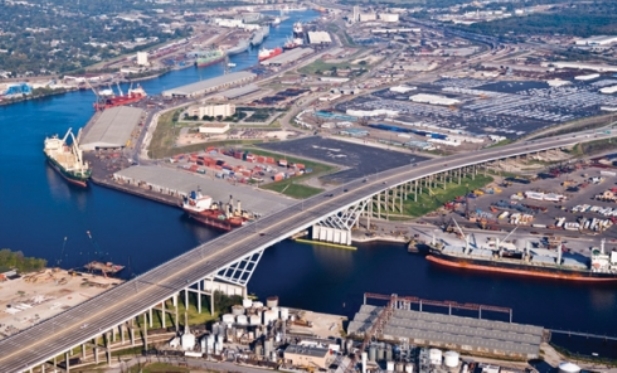 Logistics and industrial developers will look for ways to complement the instant gratification lifestyle.
Logistics and industrial developers will look for ways to complement the instant gratification lifestyle.
HOUSTON—In the third quarter of 2018, the US industrial market benefited from record-high port volumes, positive absorption and a vacancy rate that remained below 5% despite the addition of new inventory. The continued enthusiasm for industrial product is examined in Transwestern's third-quarter industrial outlook, which revealed rent growth across nearly every market tracked.
“High-quality infill remains in high demand by investors, causing average rent to blow by the $6 per-square-foot threshold,” said Matthew Dolly, Transwestern research director. “While construction continues at an aggressive pace, it can't keep up with the red-hot demand. As a result, we've seen the US industrial vacancy rate drop 300 basis points in the past five years.”
The Inland Empire of Southern California, Atlanta and Chicago led the nation in absorption during the most recent quarter. Even in the face of rising protectionism, trade disputes and slightly softer retail sales, the report attributes industrial real estate's enduring popularity to robust gross domestic product growth, strong consumer spending and job growth in the construction, manufacturing, transportation and warehousing sectors.
“The expected growth in online holiday shopping bodes well for distribution and e-commerce, but we're also seeing manufacturers and assemblers signing leases, underscoring the overall strength of the sector,” said Sandy McDonald, Transwestern research director. “If there is any reason to be cautious, it would be concerning the ability of some markets to attract and retain large-capacity tenants for new construction outside the inner core.”
As for Houston, industrial demand continues to escalate and evolve, similar to the trends reported in other parts of the country. And, collaboration will be the driving force, says Ashley Grigsby of Transwestern.
“Firms will continue to innovate new office design and more efficient industrial space,” Grigsby tells GlobeSt.com. “Logistics and industrial developers will continue to look for ways to complement the Internet and instant gratification, and last-mile delivery will become more and more relevant. As land in desirable locations becomes more scarce, developers, architects and contractors will find ways to redevelop and re-imagine obsolete properties in locations that are close to where people live, work and play. We will start to see commercial real estate firms differentiate themselves by embracing artificial intelligence and adapting the way they develop and market real estate.”
© 2025 ALM Global, LLC, All Rights Reserved. Request academic re-use from www.copyright.com. All other uses, submit a request to [email protected]. For more information visit Asset & Logo Licensing.








